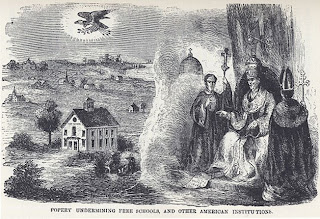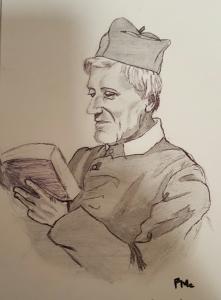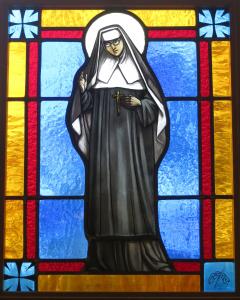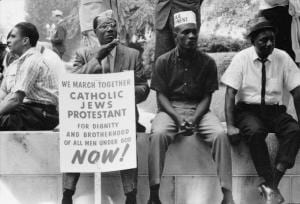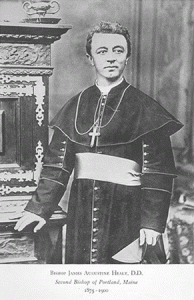New York City’s public schools were started in 1805 by the Public School Society, a Protestant evangelical group. The school day began with prayers, hymns, and Bible readings. However, the school textbooks had a strong anti-Catholic bias. In history, students read that “general ignorance” and “general corruption” characterized Catholic Europe. They also read that “superstition prevails not only at Rome but in all the states of Church,” and Catholics were “destitute of true devotion.” School libraries carried books like The Irish Heart, which told children that Irish immigrants were “in many cases drunken and depraved,” and that America risked becoming “the common sewer of Ireland.” This situation posed a bigger problem as the city’s Catholic population began to increase in the 1830’s. In 1840, New York’s Bishop John Hughes argued that that since the public schools were essentially Protestant, Catholics should receive public funding to start their own. After an unsuccessful appeal to the Democrats, who were usually pro-immigrant, Hughes urged Catholic parents: “Look well to your candidates, and if they are disposed to make Infidels or Protestants of your children, let them receive no vote of yours.” Just before the 1841 elections, he organized the Carroll Hall ticket, which hurt the Democrats at the polls. In 1842, the Maclay School Bill banned religion in the public schools, with school boards replacing the PSS. And Bishop Hughes set about establishing the Catholic school system as we know it today.

